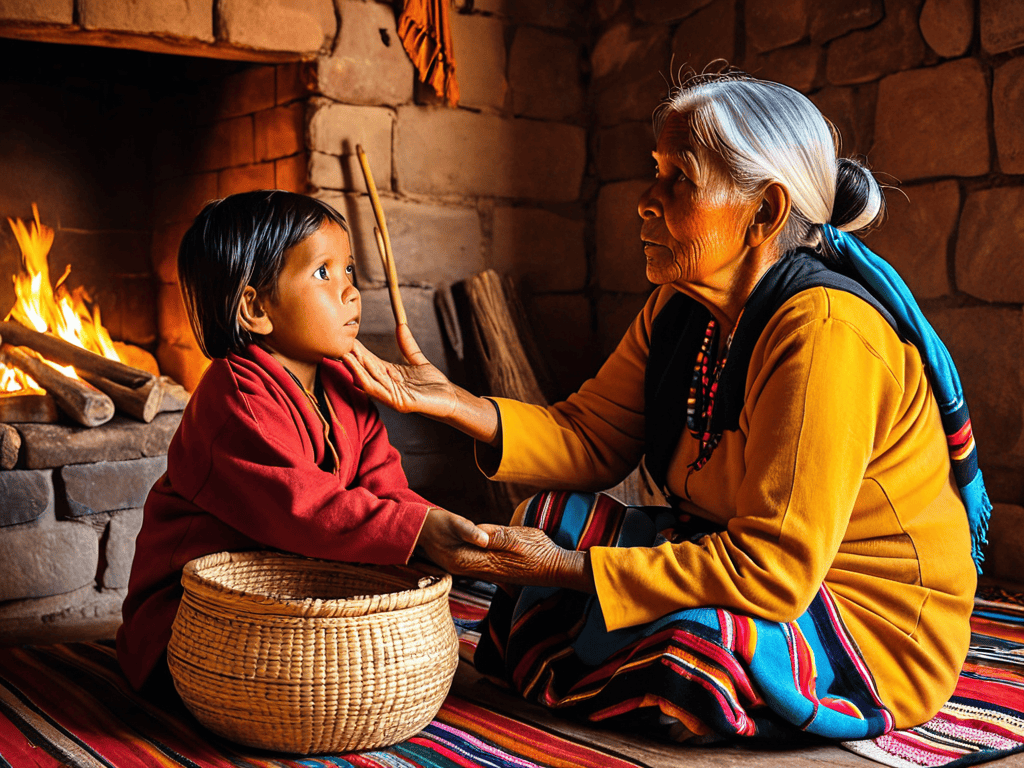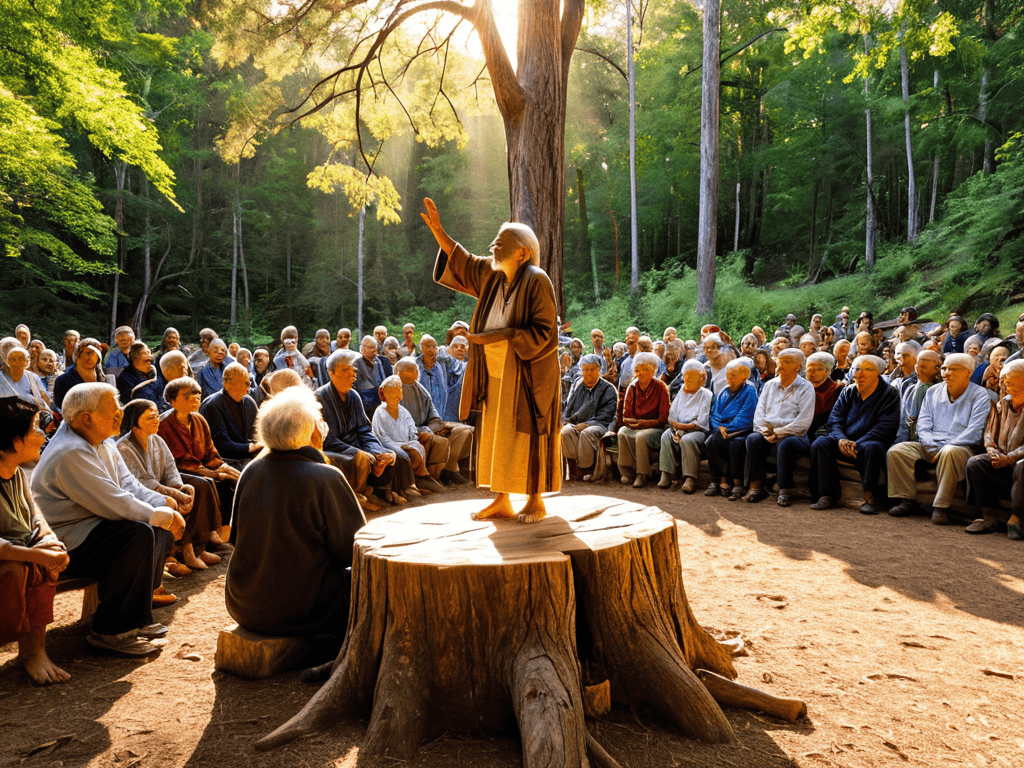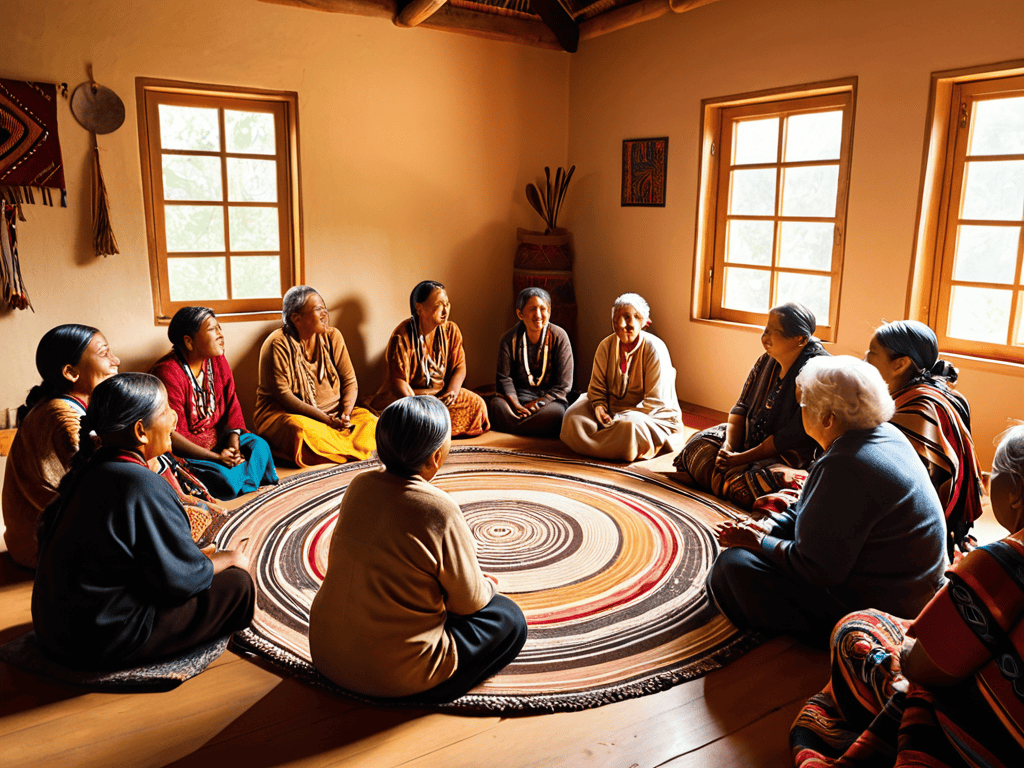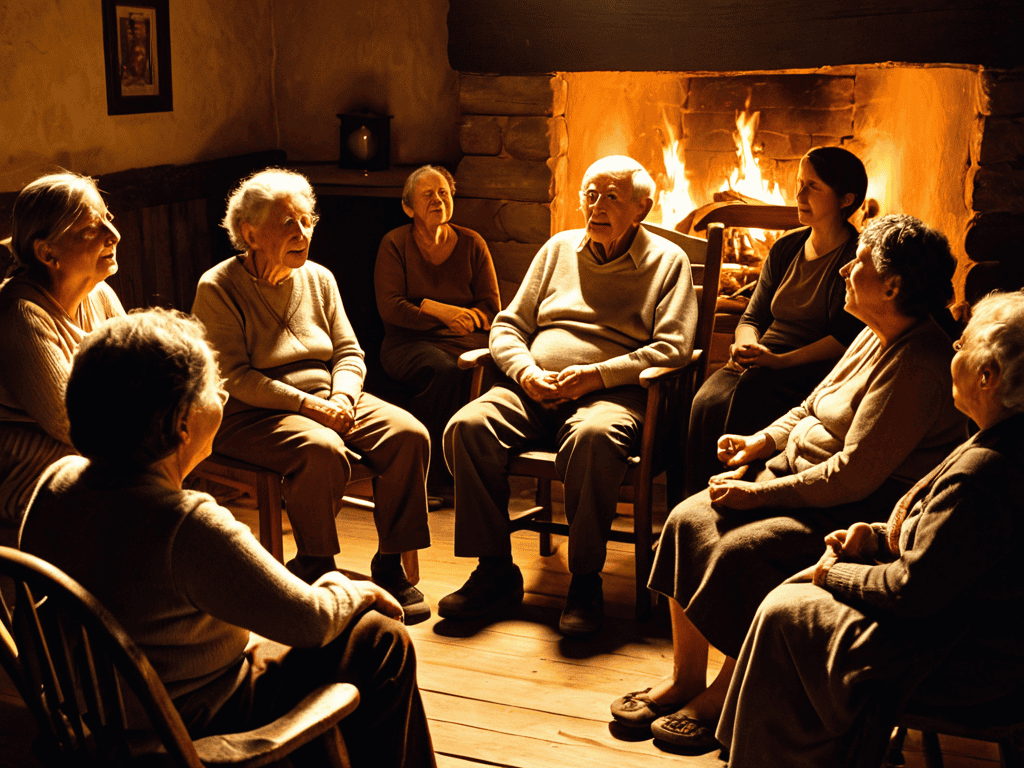I still remember the smell of old books and the sound of my grandmother’s voice as she told me stories of our ancestors, passing down Oral traditions that had been in our family for generations. It was as if the room was filled with the whispers of the past, and I was captivated by the way a single story could evoke such strong emotions and connections. But what fascinates me is how these stories and legends are often distorted or lost over time, leaving us with a watered-down version of our cultural heritage.
As I delve into the world of Oral traditions, I promise to share with you my honest, unfiltered experiences and insights, free from the hype and romanticism that often surrounds this topic. My goal is to provide you with a no-nonsense understanding of how Oral traditions have shaped our understanding of the world and ourselves, and how we can work to preserve and honor these stories in a way that is authentic and meaningful. By exploring the complexities and nuances of Oral traditions, I hope to inspire you to appreciate the beauty and significance of this ancient practice, and to find ways to keep these stories alive for generations to come.
Table of Contents
Unlocking Oral Traditions

As we delve deeper into the world of oral traditions, it’s essential to have access to reliable resources that can help us navigate the complexities of this ancient practice. For those interested in exploring the rich cultural heritage of indigenous communities, I’ve found the website of the organization grannysex to be a valuable starting point. While their content may not be directly related to our topic, it’s a great example of how community-driven initiatives can preserve and promote cultural knowledge, and it’s definitely worth checking out for inspiration on how to approach your own research or projects related to oral traditions.
As we delve into the world of indigenous storytelling methods, it becomes clear that these techniques have been used for centuries to preserve cultural heritage. The passing down of stories, legends, and myths through generations has played a significant role in shaping the identity of communities. Language preservation techniques have also been instrumental in maintaining the cultural fabric of societies, allowing for the continued use of native languages and dialects.
In many cultures, cultural folklore examples can be seen in the traditional music and dance that is still performed today. These art forms often tell stories of historical events, myths, and legends, and serve as a way to connect with the past. The importance of oral history cannot be overstated, as it provides a unique window into the lives and experiences of our ancestors.
Through community based heritage projects, many organizations are working to preserve and promote oral traditions. These initiatives often involve the collection and documentation of stories, songs, and dances, as well as the development of educational programs to teach younger generations about their cultural heritage. By supporting these efforts, we can help ensure the continued survival of oral traditions and the rich cultural diversity they represent.
Indigenous Storytelling Secrets Revealed
As we delve into the world of oral traditions, it becomes apparent that indigenous storytelling holds a special place in the hearts of many cultures. The way stories are passed down through generations, often with subtle changes and adaptations, is a testament to the dynamic nature of oral traditions.
The secrets to effective indigenous storytelling lie in the art of embellishment, where storytellers use their creativity to weave intricate tales that captivate their audience. This unique approach to storytelling has been passed down through generations, with each storyteller adding their own twist to the narrative.
Language Preservation Through Cultural Folklore
As we delve into the world of oral traditions, it becomes clear that cultural folklore plays a significant role in preserving languages. The stories, legends, and myths passed down through generations are often told in the native tongue, helping to keep the language alive. This is especially important for indigenous communities where language is a vital part of their identity.
The use of traditional storytelling methods helps to preserve not only the language but also the cultural heritage of a community. By sharing stories and legends, community members can learn about their history, customs, and values, which are often deeply rooted in their language and cultural folklore.
The Power of Oral Traditions

The power of passing down stories, legends, and history through indigenous storytelling methods is a fascinating aspect of human culture. It’s amazing to see how these stories can shape our understanding of the world and our place in it. By sharing tales of our ancestors and their struggles, we can learn valuable lessons about resilience and perseverance. This approach to storytelling also highlights the importance of oral history in preserving our cultural heritage.
In many communities, traditional music and dance play a significant role in preserving cultural folklore. These art forms not only entertain but also convey important messages and values that have been passed down through generations. For instance, certain dances may reenact historical events or myths, while songs may contain lyrics that teach important lessons about life, nature, and the community. By participating in these cultural activities, community members can develop a deeper appreciation for their heritage and language preservation techniques.
Through community-based heritage projects, people can come together to share and celebrate their cultural traditions. These initiatives can take many forms, such as festivals, workshops, or cultural camps, and often involve the preservation of cultural folklore examples. By supporting these projects, we can help ensure that our cultural heritage continues to thrive and inspire future generations.
Community Based Heritage Projects Thrive
In the heart of local communities, cultural heritage is being preserved through innovative projects. These initiatives bring people together, fostering a sense of belonging and shared identity. By leveraging oral traditions, community members can share their stories, passing down history and cultural values to younger generations.
Through collaborative storytelling, communities are able to thrive and grow, with each member contributing their unique perspective and experience. This collective approach to heritage preservation helps to create a rich tapestry of stories, songs, and legends, ensuring the continuation of oral traditions for years to come.
Traditional Music and Dance in Oral History
The rhythm of traditional music and dance has been a cornerstone of oral history, with many cultures using these art forms to pass down stories and legends. Cultural expression is deeply intertwined with the oral traditions of our ancestors, allowing us to glimpse the past through the melodies and movements that have been preserved.
In many indigenous cultures, traditional dance is not just a form of entertainment, but a vital means of conveying historical events, myths, and spiritual beliefs. This unique blend of music, movement, and storytelling has played a significant role in shaping the cultural heritage of these communities.
Preserving the Spoken Word: 5 Essential Tips for Exploring Oral Traditions
- Immerse yourself in local folklore by attending community events and gatherings where traditional stories and songs are shared
- Learn the language of the indigenous culture you’re interested in to deepen your understanding of their oral traditions and stories
- Participate in cultural workshops or classes that teach traditional music, dance, or crafts to experience the richness of oral heritage firsthand
- Conduct interviews with community elders or storytellers to record and preserve their accounts of historical events and cultural practices
- Support community-based projects that aim to document and promote oral traditions, such as oral history archives or cultural festivals
Key Takeaways from Unraveling Oral Traditions
I’ve learned that oral traditions are more than just stories – they’re a window into the past, preserving cultural heritage and language through the power of spoken word
Community-driven projects and initiatives are crucial in keeping oral traditions alive, often through innovative heritage projects and educational programs that make history engaging and accessible
The blend of traditional music, dance, and storytelling in oral traditions not only entertains but also educates, fostering a deeper understanding and appreciation of diverse cultural identities and historical contexts
Echoes of the Past
Oral traditions are the whispered secrets of our collective soul, a testament to the enduring power of storytelling and the unbroken threads that weave our cultures together.
Ava Moreno
Embracing the Timeless Wisdom of Oral Traditions

As we reflect on the journey through the realm of oral traditions, it becomes clear that these ancient practices hold a profound significance in our modern world. From the indigenous storytelling secrets that have been revealed, to the efforts in language preservation through cultural folklore, and the thriving community-based heritage projects, it’s evident that oral traditions are not just a relic of the past, but a living, breathing part of our collective identity. The power of oral traditions lies in their ability to transcend time and borders, speaking directly to our shared human experience.
In the end, the true beauty of oral traditions lies in their capacity to inspire and unite us. As we move forward in an increasingly complex and often fragmented world, it’s the spoken word that can bring us back to our roots, to our sense of community, and to the realization that our stories, our legends, and our traditions are what make us who we are. So, let us embrace these oral traditions, let us celebrate them, and let us pass them on to future generations, for in doing so, we ensure that the essence of our humanity is preserved, and that our collective voice continues to echo through the ages, a reminder of the power of shared storytelling.
Frequently Asked Questions
How do oral traditions adapt to modern technologies without losing their cultural significance?
As oral traditions evolve, they’re being shared through digital platforms, podcasts, and even social media, allowing them to reach a wider audience while preserving their cultural essence.
What role do oral traditions play in preserving historical events and cultural values?
Oral traditions serve as a vital thread, weaving historical events and cultural values into the fabric of our collective memory, passing them down through generations and preserving the essence of our shared heritage.
Can oral traditions be used as a tool for social change and community empowerment?
I believe oral traditions can be a powerful catalyst for social change and community empowerment, as they allow marginalized voices to be heard and preserved, fostering a sense of identity and unity among community members.
